Have you ever been confused that your fish babies eat aquatic plants? If so, this article will help you solve your doubts. Hopes you will enjoy reading it!
Content Table
Do Aquatic Plants Produce Oxygen for Fish in Aquariums
Aquatic plants are beneficial to aquariums because they can create a better living environment. Besides, live plants play an important role in aquariums for the following points:
Remove CO2 and NH3, produce O2
Live plants can remove carbon dioxide and ammonia, and produce oxygen, but they can do that only when they undergo photosynthesis during daylight.
Transform harmful chemicals into oxygen
Plants can oxygenize water, the oxygen will dissolve, and the fishes can breathe more freely in tanks.
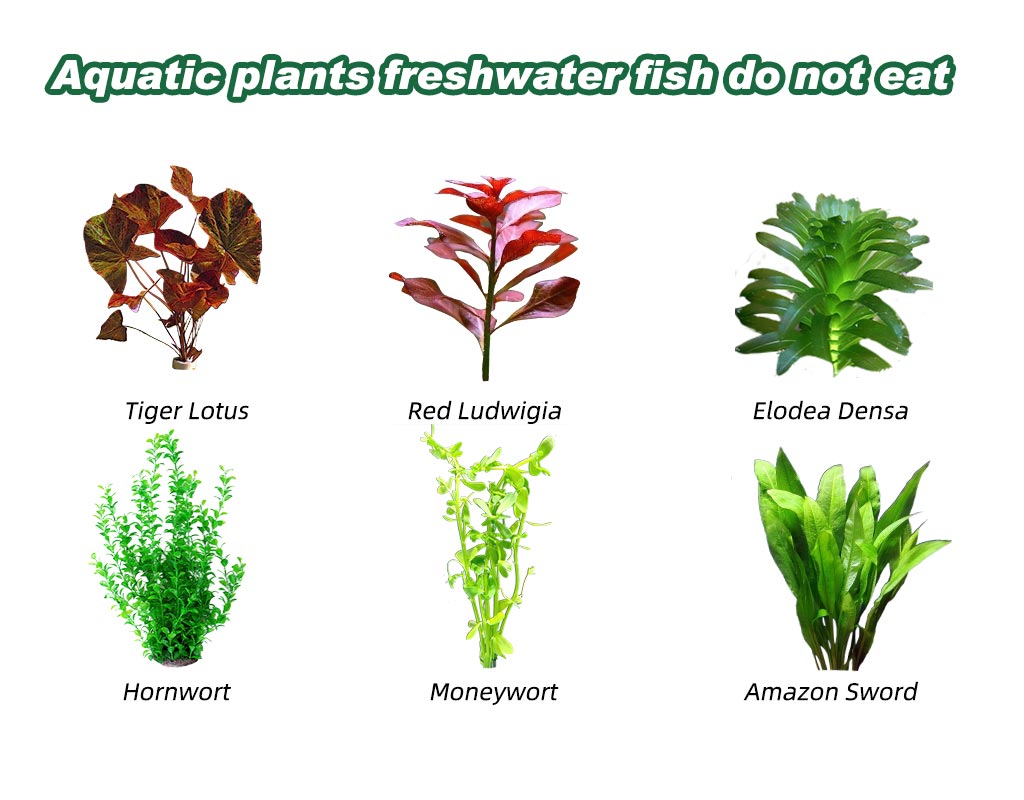
Keep water quality optimally
Live plants are equal to a natural filter in tanks, they can filter many harmful chemicals, including carbon dioxide, sulfur substances, and nitrogenous wastes.
Keep fishes entertained
If there are plants in tanks, fishes can swim through them, hide, and enjoy the shade and shelter of plants. Your little fishes enjoy exploring, exactly!
Live Aquarium Plants for Freshwater Fish Tanks
Plants play a critical role in tanks. And many live aquarium plants are suitable for freshwater fish tanks. For time-limited, next, we would like to introduce five of them. Besides, if betta fish is your favorite, you can read another article to get some information about plants for betta fish aquaponics. Next, let’s get down to business.
Tiger Lotus
Its scientific name is Nymphaea Lotus. Tiger Lotus is usually in bulb form. It has two different kinds of leaf structures – one is fully submerged, and the other is floating leaves. Besides, it can grow up to 45 cm, and its accepted pH is 5-8. It needs a moderate lighting level.
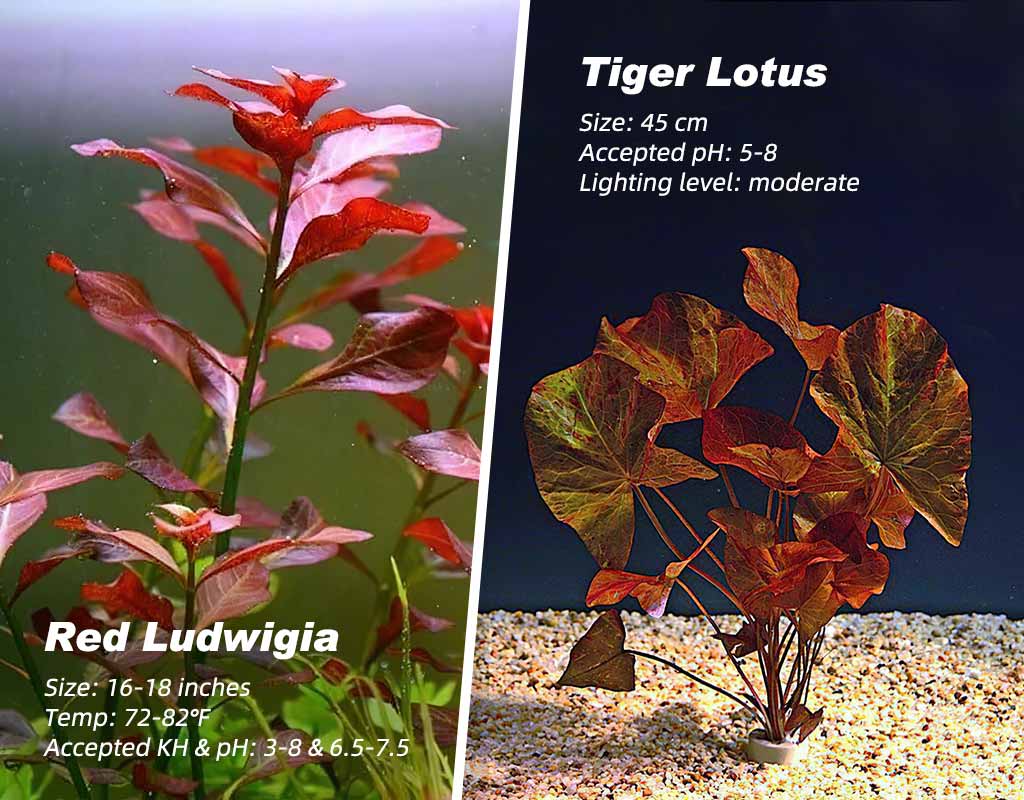
Red Ludwigia
Red Ludwigia is from the Onagraceae family. If the home aquarium lighting color is suitable, the leaves will be red and green. But if it is partially submerged, the leaves will be light green. When provided with the right lighting conditions, the red color will be more intense. And the medium to high lighting level is perfect, exactly.
Besides, it fits aquariums or vivariums because it can grow partially or fully submerged. And it can grow up to 16–18 inches. Moreover, its suitable temp is 72-82℉, and its accepted KH and pH respectively are 3-8 and 6.5-7.5.
Elodea Densa
Elodea Densa is from the Hydrocharitacea family, and its color is green. It is regarded as a pond or cold water plant, but in fact, it comes from the warm temperate of South Africa. It needs a water temp of 59-82℉, and its accepted KH and pH respectively are 3-8 and 6.5-7.5. Besides, it is an oxygenating plant exactly, and it can provide essential oxygen for aquariums. Moreover, because it can adapt to various water conditions and can grow up to 24 inches, it has gained popularity in aquariums. However, it is believed as an invasive species. But in all, Elodea Densa is always the first choice for most beginners.
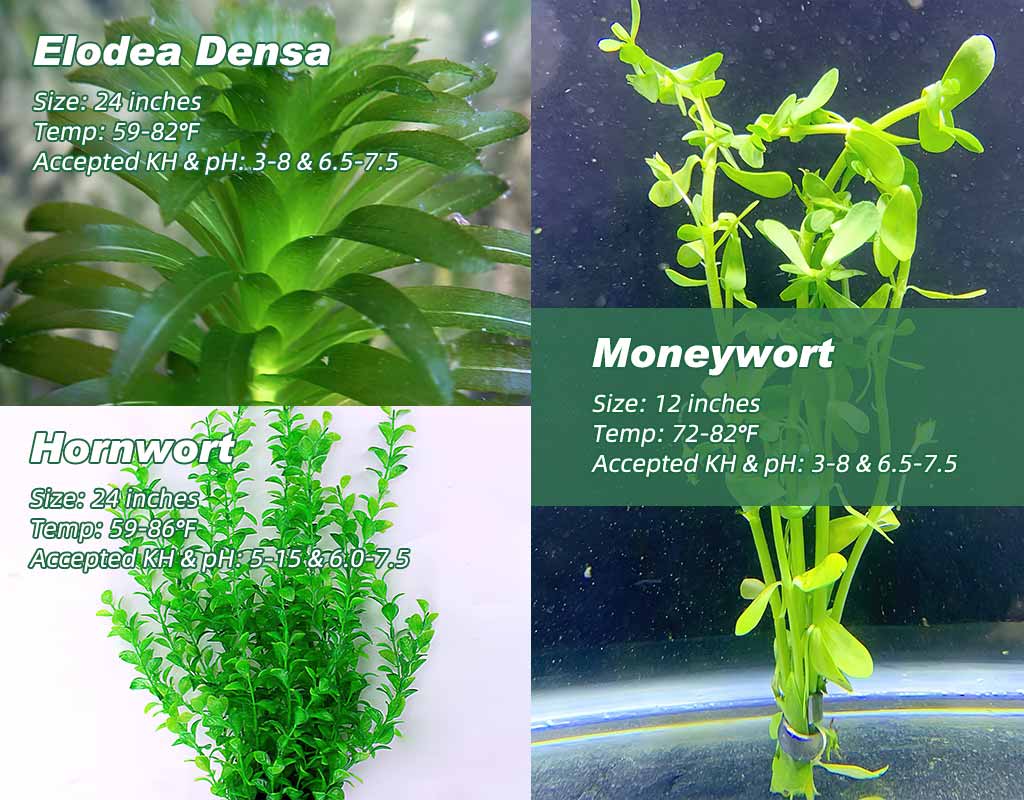
Hornwort
Ceratophyllum Demursum is Hornwort’s scientific name, and it is from the Ceratophyllaceae family. Its color is green, but in warm water, its leaves will be light green. Besides, it can grow floating or root in the aquarium substrate.
Hornwort is hardy and grows quickly, and it can grow up to 24 inches. As a result, it provides dense areas to escape and hide from fish. Its suitable temp is 59-86℉, and its accepted KH and pH respectively are 5-15 and 6.0-7.5. Moreover, the fallen leaves are food for some fish.
Note: About the pic of hornwort, one of our readers left a comment: “That isn’t hornwort, looks more like Rotala rotundifolia sp Green”. Thanks to Matt who leave the hint for us.
Moneywort
The scientific name of Moneywort is Bacopa Monnieri, its family is Scropulariacase. Its green color adds decoration to fish tanks. Besides, it can grow up to 12 inches on average. If the environment is suitable, it can grow taller.
Moreover, it grows partially or fully submerged. If not pruned, its branched will grow out of the water. Moneywort is applied to aquariums and vivariums because it can grow underwater and above the water level. It needs a water temp of 72-82℉. Its accepted KH and pH respectively are 3-8 and 6.5-7.5.
How to Grow Aquatic Plants for Your Tank
Every creature, only with the necessary nutrients and careful preservation, so can grow up quickly. Aquatic plants are equally not an exemption. Next, we would like to share information about the basic needs of aquatic plants and methods of caring for them.
The basic needs of aquatic plants
- Water requirement
Most aquarium plants are suitable for a pH of 6.5-7.8, a temperature of 74-80℉, and a hardness of 50-100 ppm. Besides, it is necessary to change 10 percent of the water weekly.
- Light requirement
For aquatic plants, 10–12 hours of light each day is best. Besides, a consistent day and night cycle is critically essential. Moreover, you should keep the glass covers clean to ensure the penetration of light.
- Substrate requirement
The substrate will affect the development and anchoring of the root. It is better to choose the gravel of fine to medium grade, and coarse sand. Besides, it is necessary to wash the substrate before placing it in tanks.
- Nutrients requirement
It is a must that adds minerals to aquariums regularly. Aquatic plants grow under the support of nitrogen, phosphorous, potassium, iron, and other minerals.
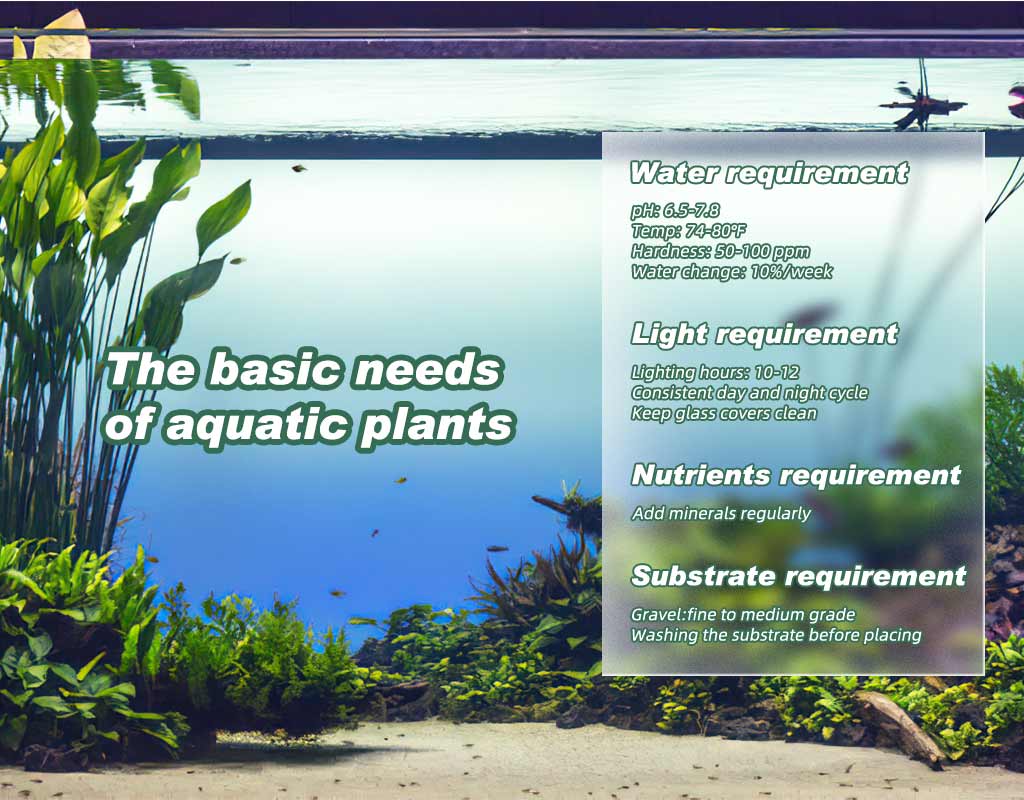
Methods of caring for aquatic plants
- Prune plants that grow to exceed tanks
Most plants are fast-growing, so pruning is an essential part. If the plants grow to exceed the tanks, the plants of this part may be decomposed, you can use scissors to cut away the part. If you do not have much time or attention to do this job, it is better to choose slow-grow ones.
- Clean the water weekly
Regular water changes could keep aquariums healthy. You need to scrape algae on both sides of your fish tank. Then, remove 10 to 15 percent of the water with a siphon. By the way, when you use the vacuum siphon, it is better to keep it above the substrate.
How the Aquatic Plants Bloom in a Tank
There are two types of aquatic plants – underwater and overwater. Factors, including water condition, temperature, humidity, and pH, affect whether the aquatic plants will flower or not. Different plants have their unique requirements and habits. So it is important to know what is suitable for your aquatic plants, and how they could bloom well in tanks. Next, we would like to take Amazon Sword as an example.
Amazon Sword has short stems and long leaves. It does not need fertilizer, but it requires aeration. It is important to change water frequently for the plant.
Some other requirements of Amazon Sword are as follows:
- Substrate: At least 2.5 inches of aquarium gravel.
- Location in tanks: In the center of a tank.
- Water condition: Prefer high mineral content.
- Ideal water temp: 60-82℉
- Accepted pH: 6.5-7.5
- Aquarium size: No less than 10 gallons
- Lighting level: low-moderate
Reminder
Congratulations! You have finished reading this article. Have you enjoyed reading and gained the information you want? In summary, this article begins with the necessity of aquatic plants for aquariums. Then the content covers some live aquarium plants for freshwater tanks. Next, it introduces some skills and information about how to grow aquatic plants. Finally, it discusses how aquatic plants flower. Any other questions? Please go NEED HELP and leave your messages, hygger is glad to give you a hand!
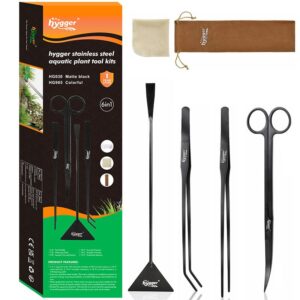
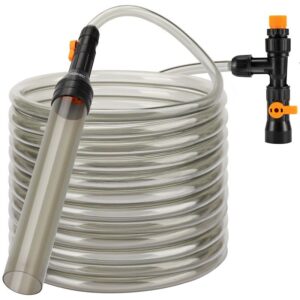
Leave a comment